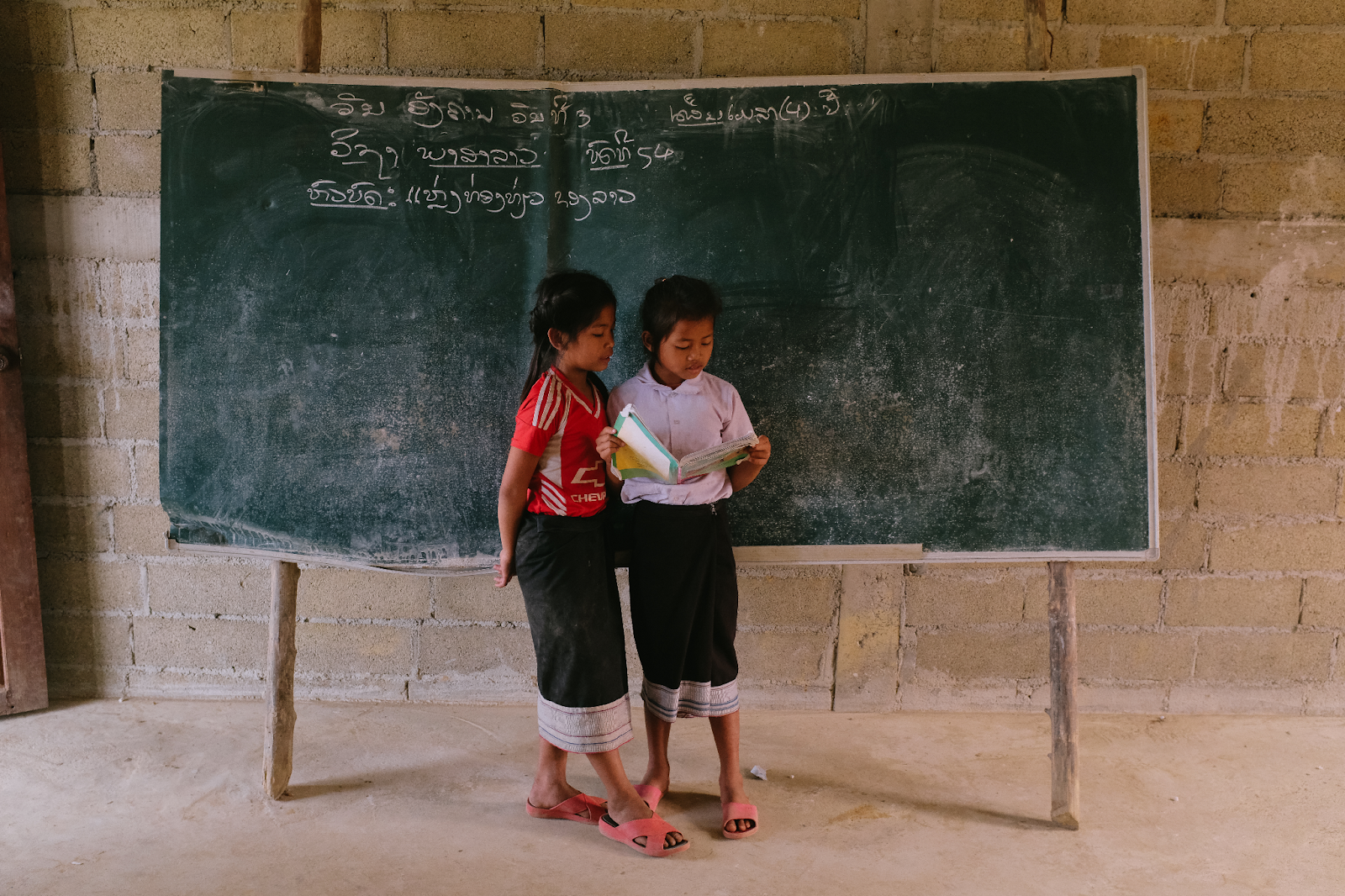At the latest edition of Cloud Talk, four experts shared insights on improving access to education for girls and women, and the wider economic and social benefits of doing so
Girls and women make up nearly half of the world’s total population—but they also make up more than two-thirds of the global illiterate population. On the country level, the more girls aren’t able to attend or finish school, the more challenging a nation faces in pulling its people out of poverty and ensuring its own economic and social stability.
The gender gap in education is also a complex issue that, ironically, doesn’t discriminate in where it impacts—in Asia, it affects both developing and developed nations, from Cambodia to Hong Kong.
What is causing this gender divide? How can learning environments better serve the needs of both girls and boys? What challenges are governments, NGOs and philanthropists facing in creating sustainable impact in this area—and how can they be addressed?
Four speakers shared insights on these questions and more at the latest edition of Cloud Talk, which was organised in partnership with Education for Women Now by Aide et Action International. Here are some highlights from the discussion.
See also: Covid Has Caused Millions Of Girls To Leave School Across Asia. How Can We Get Them Back?
The economic benefits of educating girls
Education may be widely considered a human right, but oftentimes knowing its wider economic benefits inspires greater action.
According to Savy Lach, deputy CEO and director of South East Asia and China at Aide et Action International, studies have shown that “for every one percentage point increase in girls’ education, average gross domestic product (GDP) rises by 0.3 percent”. This, in turn, results in a 0.2 percent growth in GDP annually.
Fighting the patriarchy
Many of the barriers perpetuating the gender gap in education are the results of widespread poverty and the patriarchal ways of a community or nation.
“We need to ensure that there’s actually a way for girls to get to school [safely], that rural roads are weather-resistant, and that they have their basic needs met, like having clean drinking water, toilets and things like that,” said Dee Dee Chan, who is director of her family’s philanthropic foundation Seal of Love, where she has overseen impact-driven investments in the education and healthcare sectors.
“Girls are [often] not told that they have the same value as a boy in a family. [Instead], they're always going to be the default person to take care of domestic duties. And if there's only one child that the family can afford to send to school, [it] is not going to be the girl.”
See also: Op-Ed: Seeking Gender Diversity and Equality in Photography




